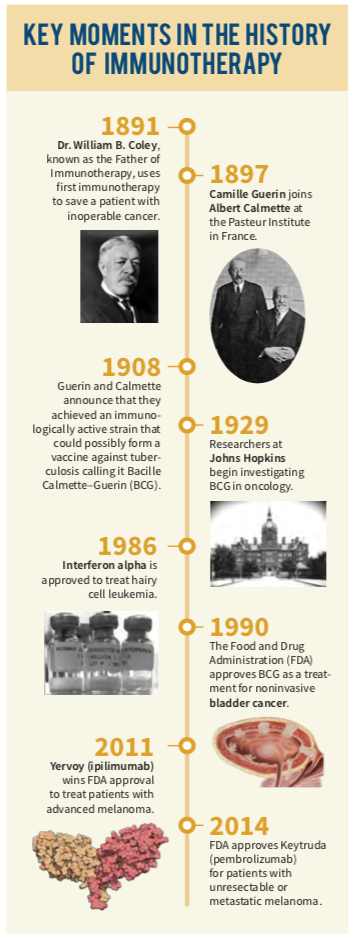

- #Stanford immunotherapy free clinical trials how to
- #Stanford immunotherapy free clinical trials trial
The search for something that could eradicate cancer had brought him to immunotherapy. Hinrichs led cancer research trials at the NIH for more than eight years. Something that solves the problem and lets me go on and live my life.” I would want something that completely eliminates it. “And I wouldn’t want something that slows it down or adds weeks of survival. “If my cancer were to come back, it would be fatal,” Hinrichs said. But his own experience as a patient keeps him motivated to find cures. He has been cancer-free for many years now. He went back to do another residency - this time in internal medicine - and a fellowship in medical oncology. After that, his depth perception was off, and he realized he wouldn’t be able to become a surgeon. Treatment after treatment failed, and eventually his eye had to be removed. When Hinrichs was in his late 20s, training to be a surgeon, he noticed his vision was blurry in one eye. What Scott didn’t know yet was that the doctor with three patients had also been a cancer patient himself. “I’m thinking: This is the best option there is? This guy who has three patients?” We don’t have anybody that’s far enough out to know whether this has worked.’” “And I said, ‘How many of them are responding to the treatment?’ And he said, ‘Well, none yet. “I said, ‘So, how many people are you treating?’ And he said, ‘Well, we have three right now.’” Scott called him to ask about his success rate.
#Stanford immunotherapy free clinical trials trial
In 2012, Hinrichs was leading a first-in-human cancer trial at the National Institutes of Health Clinical Center in Bethesda, Maryland.
#Stanford immunotherapy free clinical trials how to
Through her mother’s physician, she learned Christian Hinrichs, an oncologist and researcher, was studying cancers caused by the human papillomavirus and how to attack them using a new form of immunotherapy. Realizing she might have less than a year to live, Scott began asking around about clinical trials. “I was like, so … OK, so are you recommending a treatment though, for me? And he said, ‘Well, I mean, you know, there’s not really anything to do at this point, when it’s body-wide.’” Soak up the sun on a beach trip she had planned. She should enjoy her time with her family, he said. Her doctor seemed to be at a loss for words. “Basically, there was disease everywhere.” “I lit up like a Christmas tree,” recalled Scott. In the summer of 2012, a PET scan showed that tumors were squeezing against her liver, growing again on her cervix, and that a plum-sized bulge had emerged on her belly. But within months, her cancer had roared back and was spreading fast. She underwent chemo and radiation, which seemed to help at first. Sue Scott was diagnosed with cervical cancer when she was in her mid-30s. Subscribe on Apple Podcasts, Spotify or wherever you get your podcasts.


This story is from The Pulse, a weekly health and science podcast.


 0 kommentar(er)
0 kommentar(er)
